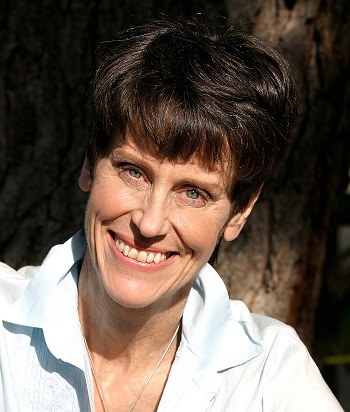|
|
Do the 4Cs Still Make the Cut?
Renée Newman, author of a guide for the diamond trade, proposes a fifth C and two Ts.
May 6, 2019 7:26 AM
By Joshua Freedman
|
|
|
RAPAPORT... The “5Cs and 2Ts” isn’t as catchy as the usual formula, but it might be a better pricing method, according to the author of a diamond-trade guide that claims the 4Cs are no longer adequate.
“One of the biggest misconceptions is that there are only
four diamond price factors — color, clarity, cut and carat weight,” Renée
Newman, a graduate gemologist who last year published the third edition of her Diamond
Handbook, says in an interview with Rapaport News. “In fact, there
are other factors, such as the transparency and treatment status. They can have
a large impact on price. We [in the trade] may know that, but the consumers
don’t, because they just hear about the 4Cs.”
Transparency matters
The Gemological Institute of America (GIA) developed the 4Cs
in the 1950s, when the industry considered cloudy diamonds to be industrial
quality and didn’t put them into jewelry, the Handbook explains. Today,
jewelers do use cloudy and hazy diamonds, but their clarity grades often don’t
reflect their lower transparency, even though that characteristic can affect the value.
Newman distinguishes between clarity — a stone’s lack of
inclusions and other blemishes — and the first “T,” transparency, which is how
well it lets light pass. While a diamond with high clarity will have few or no
inclusions, a stone is transparent if a viewer can see objects through it
distinctly. Many laboratories don’t take into account subtle differences in
transparency, Newman writes. “I’ve seen hazy and slightly cloudy diamonds with
VS clarity grades,” she notes in the book.
How to treat treatments
Very few treated diamonds were on the market when the 4Cs
came along, Newman explains. Most diamonds are still untreated now, but it’s
becoming a larger minority as sellers seek to improve stones’ color, clarity
and transparency.
This second “T” is important, as it hugely impacts the
price. An untreated 1-carat, fancy-green, VS-clarity diamond will often fetch
more than $200,000, compared with around $5,000 for an irradiated diamond with
otherwise identical characteristics, Newman estimates. Treated diamonds are
also much harder to resell.
A fifth “C” — and a sixth?
The “cut” part of the 4Cs needs to be two separate
categories, she argues. In the 1950s, the trade didn’t differentiate between
the shape and the quality of the cut when deciding prices, so it didn’t matter
that the same term referred to both things. Now, the cutting style and shape
are a distinct price factor from cut quality, with many labs providing a grade
for the latter, she observes.
Meanwhile, rising interest in lab-grown diamonds has
prompted Newman to consider an eighth criterion for a revised edition of one of
her other books aimed at consumers.
“I left out a ‘C’ that I’m going to add when I redo my Diamond
Ring Buying Guide, and that is the creator. Is the creator man or nature?”
Hard to change
Newman is not trying to get traders to discard their 4Cs
charts, as the system is so ingrained, she notes. But they should be aware of
the additional elements affecting the value of a diamond. That’s why she
emphasizes the 5Cs and 2Ts in the Handbook.
“They can’t just completely change over all their advertising
and all the materials they have, so I don’t expect people to change the 4Cs.
But I do expect them to understand all the price factors,” she concludes.
Image: Renée
Newman. (Renée
Newman)
|
|
|
|
|
|
|
|
|
|
Tags:
4cs, carat, carat weight, clarity, cloudy, color, cut, Diamond Handbook, Gemological Institute of America, GIA, hazy, inclusions, Joshua Freedman, Rapaport News, Renée Newman, transparency, treatments
|
|
|
|
|
|
|
|
|
|
|

|
|